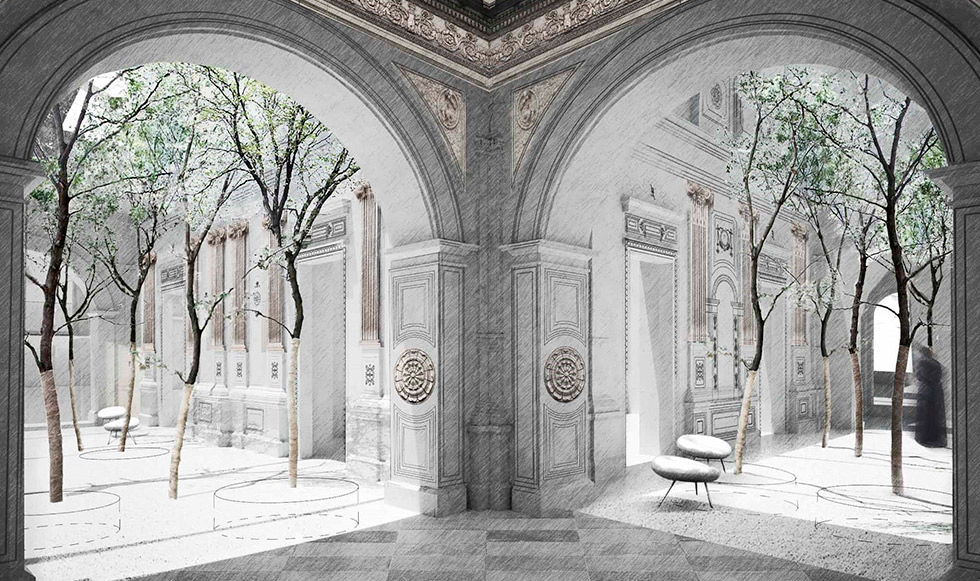
The National Cultural Heritage Service was established on 28 February 2018 when the law implementing the Ministry of Cultures, Arts and Heritage was published in the Official Gazette.
Under Law N° 21.045 approving this new cultural institutional framework, the Service’s work consists principally in the implementation of policies and plans and the design and implementation of programs related to folklore, traditional cultures, indigenous heritage, tangible and intangible cultural heritage, heritage infrastructure and citizen participation in processes involving collective memory and public policies on heritage.
The Service is also empowered to carry out studies and research and provide technical assistance to other bodies on matters that fall within its powers.
New cultural institutions
The National Cultural Heritage Service replaced the Directorate of Libraries, Archives and Museums (DIBAM).
DIBAM was established in November 1929 to bring together ten important cultural institutions that had been created soon after Chile’s independence from Spain, with the purpose of conserving the country’s main bibliographic, cultural, artistic and scientific collections.
These early institutions included the National Library (1813), the National Natural History Museum (1830), the Santiago Severin Library in Valparaíso (1873), the Valparaíso Natural History Museum (1878), the National Fine Arts Museum (1880), the National Archive (1887), the Natural History Museum of Concepción (1902), the National History Museum (1911), the Talca Museum (1925) and the Register of Intellectual Property (1925).
The National Cultural Heritage Service is responsible for three national museums, 24 regional and specialized museums and six regional libraries as well as, through agreements, more than 430 public libraries.
It also includes the Council for National Monuments, the Department of Intellectual Rights, the National Administration Archive, the National History Archive, the Tarapacá Regional Archive and the Araucanía Regional Archive.

